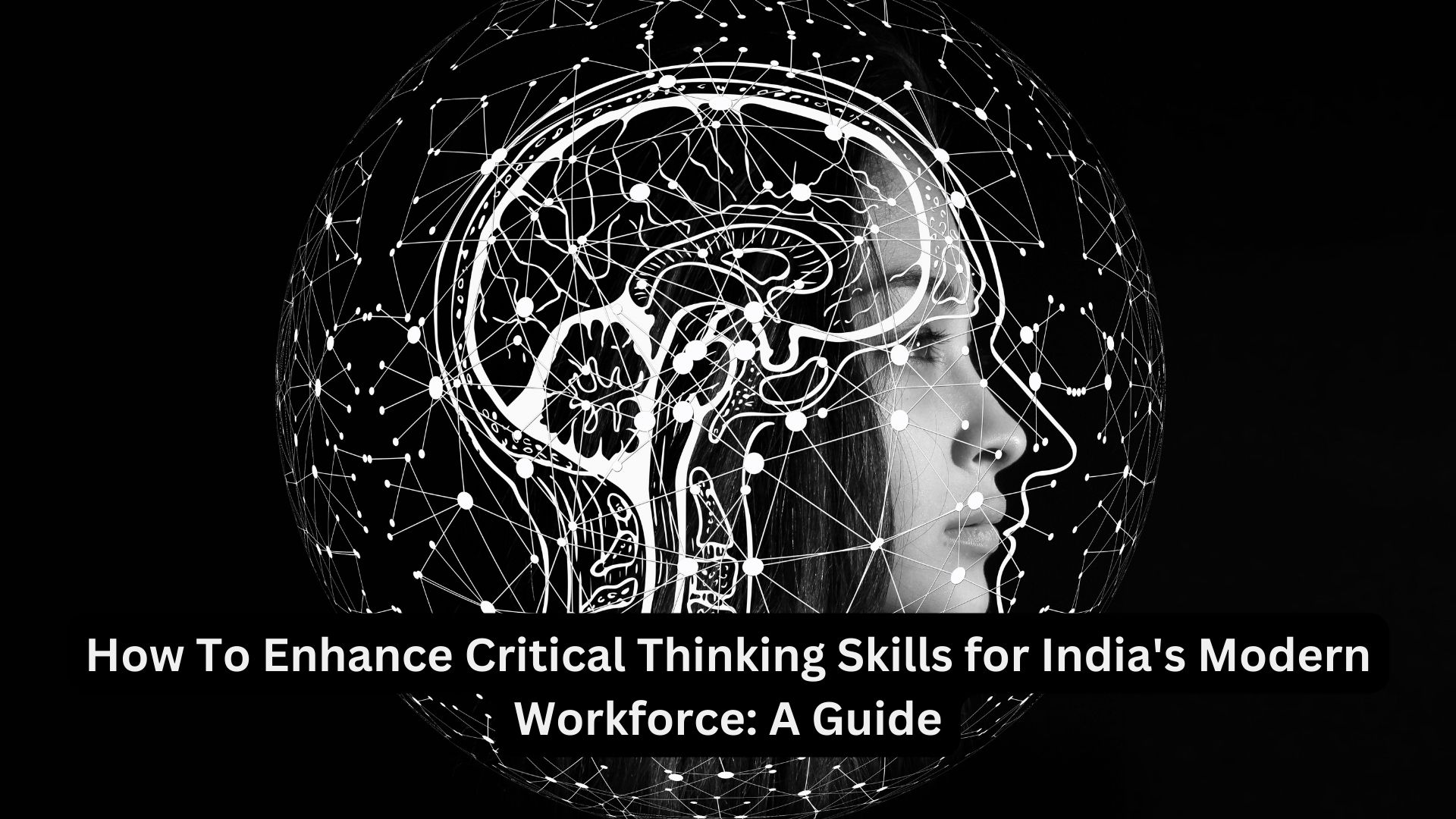
In the rapidly evolving world of business, the significance of critical thinking and analytical skills is undeniable. In an era where individuals must continuously equip themselves with knowledge and abilities to stay ahead, organizations must cultivate a culture that prioritizes continuous learning and innovative thinking.
Expanding Perspectives and Fostering Creativity
At the core of enhancing critical thinking is the need for individuals to broaden their horizons by examining case studies. It is crucial that individuals explore a variety of case studies, extending beyond business-centric scenarios. Successes and failures across diverse fields often exhibit patterns that can be replicated. Delving into literature from various domains such as sociology, crime, mystery, and anthropology can further broaden one’s horizons, enabling them to think multidimensionally and approach challenges from different angles. Businesses, after all, do not operate in isolation. Thus, drawing knowledge from diverse sources is a valuable path towards enhancing critical thinking and analytical capabilities. Furthermore, by breaking down barriers and embracing creative thinking, individuals can apply insights gained from different domains to tackle intricate workplace challenges.
Simplifying Complex Concepts with Mental Models
Critical thinking goes beyond mere fact accumulation; it involves distilling complex information into understandable mental models. Individuals should actively work on constructing these mental models or cognitive templates, fostering the power of abstraction to create concise mental models. True success is achieved when they can encapsulate the vast spectrum of knowledge they have amassed in a succinct manner. This approach enables individuals to grasp the bigger picture, establish connections between seemingly unrelated ideas, and refine their decision-making skills.
Embracing Risk and Nurturing Innovation
Organizations play a pivotal role in instilling a culture of continuous learning. Above all, workplaces should welcome risk-taking and experimentation among their employees. Venturing into uncharted territory carries the potential for failure, but this should not deter individuals from thinking innovatively. A high tolerance for failure and ambiguity becomes crucial. Employees should be empowered to experiment and learn from setbacks, even if immediate success is not guaranteed. The goal is to continuously explore out-of-the-box ideas, learn from failures, and try again.
Fostering Cross-Disciplinary Collaboration
To facilitate unimpeded innovation, corporate hierarchies should be dismantled, as they can obstruct creativity. Prioritizing creative freedom, companies should strive for flatter organizational structures that encourage collaboration across different departments. A matrix-level structure, where employees may report to multiple managers or have various channels for communication and collaboration, promotes continuous learning. Furthermore, employees should have the autonomy to explore their ideas without being bogged down by the need for approval at every hierarchical level. It is a proven fact that collaboration fosters fresh ideas, and interactions among diverse teams yield valuable insights.
Creating Supportive Work Environments
Physical workspaces and adequate infrastructure are essential for any workplace. Shared meeting rooms, comfortable lounges, and collaborative spaces encourage employees to relax, brainstorm, and discuss ideas. These spaces serve as hubs for creative thinking and facilitate critical analysis and problem-solving.
Aligning Goals and Prioritizing Team Objectives
Alignment is another critical factor in continuous learning. An organization’s Key Result Areas (KRAs) should align with its core objectives to ensure that individual efforts contribute to the collective vision. Furthermore, goal-setting should be a collaborative effort rather than an individual endeavor, promoting collective growth and fostering a culture of teamwork, resulting in creative ideas and innovation.
Leadership Support and Open Communication
To nurture a culture of continuous learning, it requires leadership support and transparent communication, which need not be limited to a top-down approach. Leaders should actively participate in workshops and training programs, setting a positive example for others.
Investing in Employee Development
Human Resources (HR) plays a pivotal role in enhancing employee skills by organizing workshops, training programs, and Management Development Programs (MDPs) to equip employees with the tools and knowledge needed to enhance their analytical capabilities.
When individuals develop an analytical mindset by thinking methodically and logically, and organizations contribute to creating a dynamic and vibrant work environment that encourages free thinking, it not only provides the organization with a competitive edge but also equips the workforce to tackle the challenges of the future.
Also Read
Hiding Photos in Your Gallery and Locking Apps on Your Phone: A Step-By-Step Guide
Conclusion
While the points discussed here may not be exhaustive, they are instrumental in steering employee engagement towards greater collaboration, inclusivity, and innovation in the workplace.
